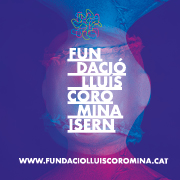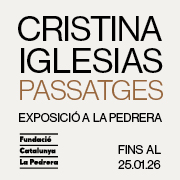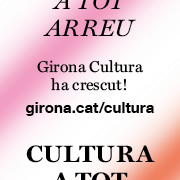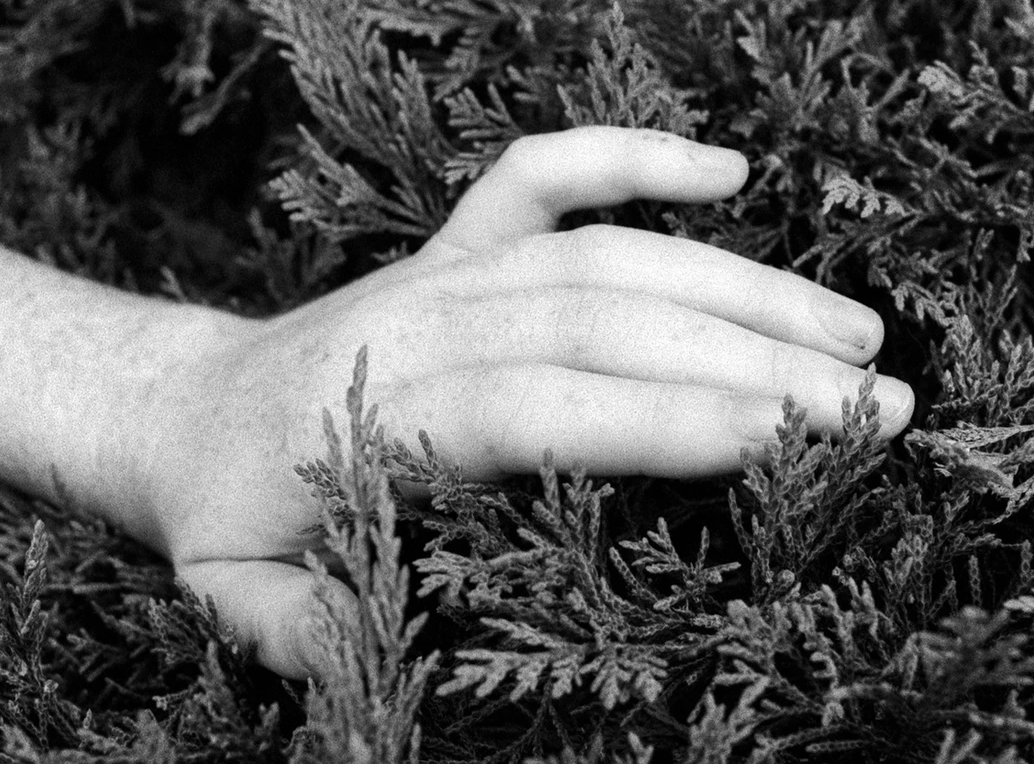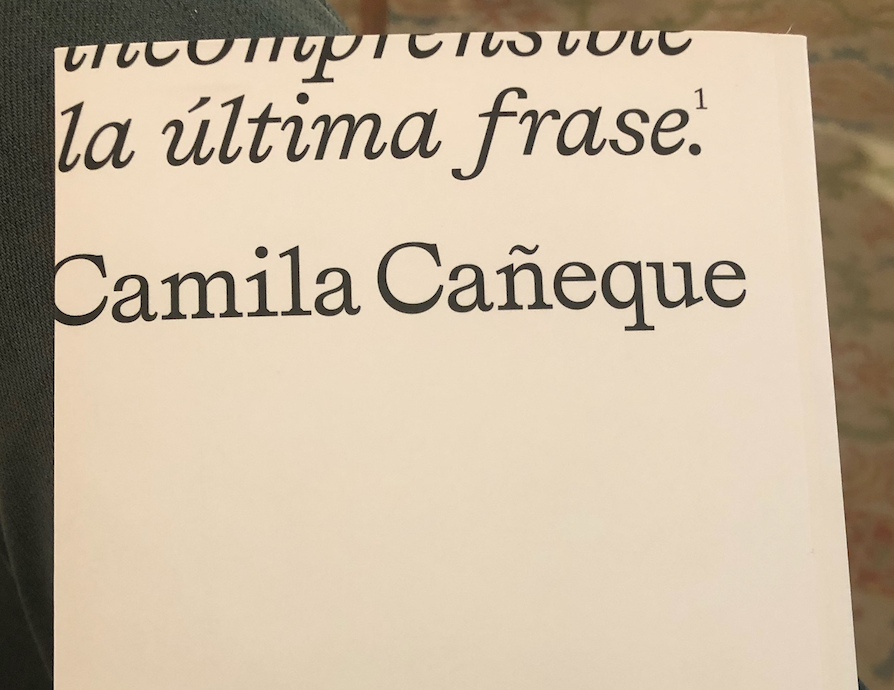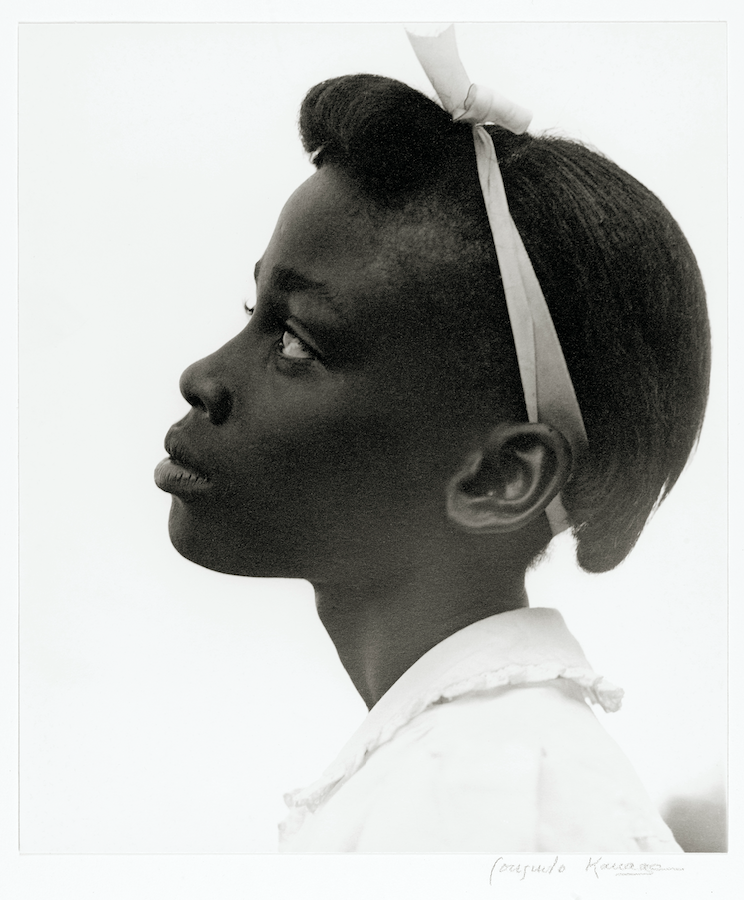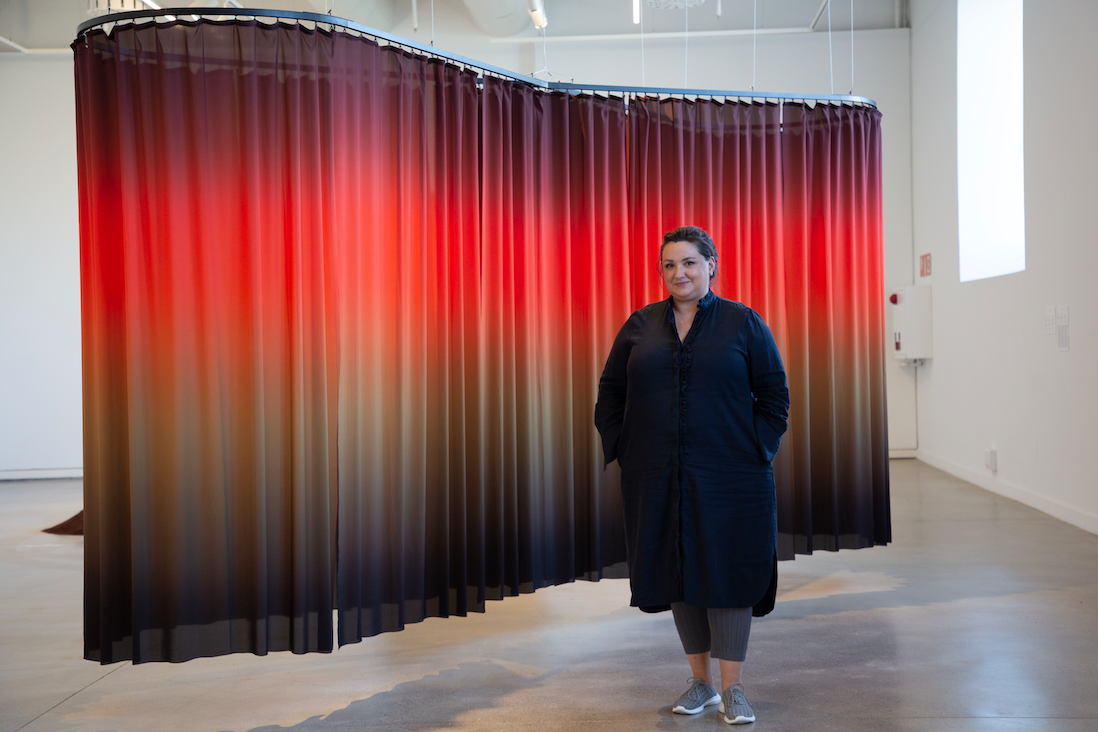Exhibitions
The Museum of Empordà and Bòlit. Contemporary Art Center inaugurates 'Vacances with Franco'. My summers in Francoist Spain'
'Vacations with Franco. My summers in Francoist Spain' is a co-production of the Museu de l'Empordà de Figueres and del Bòlit. Contemporary Art Center. Girona
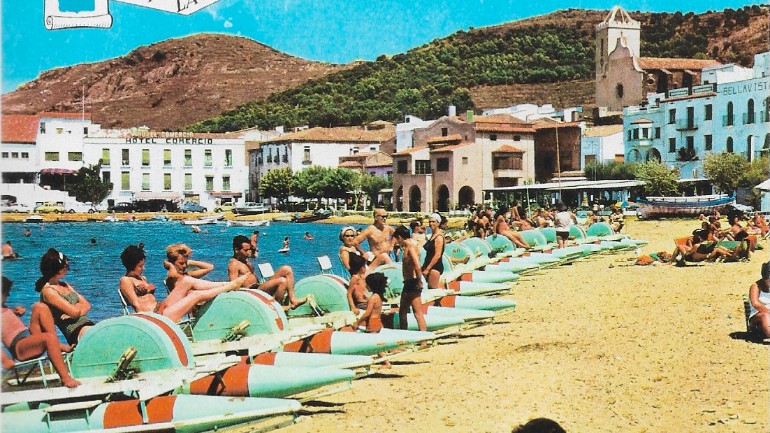
On May 31st at 7pm in Bòlit_StNicolau and on June 1st at 12pm in the Slaughterhouse Exhibition Hall, the opening of the exhibition Holidays with Franco will take place. My summers in Franco's Spain. The project is a co-production of the Museu de l'Empordà de Figueres and del Bòlit. Contemporary Art Center. Girona
The museum and the art center come together to produce an exhibition that brings together eight artists and that must be visited separately to get the full picture. What is this picture? On the one hand, that of the childhood of the European middle class, who spends the summers by the sea, that is to say, that of summer tourism.
On the other hand, that of the Franco dictatorship, which used tourism to seek international approval, turning tourism into a tool for validating the dictatorship itself and a democratic model based on the service economy and cultural subjugation based on the folklorization of one's own culture and the insertion of Spain into the logic of capitalism. The idea came from the artist Monika Anselment, who thought she had to resolve this contradiction: that of remembering some placid childhood summers in Llançà, but in a context of dictatorship that she only knew about from her parents' comments. Is it possible to experience two such opposite experiences in the same place? That of political oppression and that of idle enjoyment? Anselment's proposal was not easy to solve and it was decided to appeal to artists who had lived in similar situations, that is to say, who wanted to recover their childhood memories of summer holidays in Spain francist
Based on a public call, about a dozen proposals were received of which seven were chosen, together with Anselment. To be able to contextualize it, the curator has counted on the figure of the writer and journalist, Cristina Masanés. The final selection was of eight artists, two of whom work together, so the exhibition brings together seven visual proposals by Monika Anselment, Denys Blacker, Christoph Otto, Annette Riemann/Tom Theunissen, Stefanie Unruh, Ulrike Weiss and Jörg Zimmer. All of them start from graphic memories, films, lived experiences, texts, experiences, postcards and photographic and graphic material of the time and reinterpret them through the eyes of contemporary art and from their perspective as adults.
The result is a choral exhibition, with filmic, musical, textual and plastic pieces all with the aim of generating a reflection on the link, not always obvious, between the tourist boom that the country experienced at this historical moment, the effort of the regime to whitewash the fact of being a dictatorship and the insertion of Spain into the logic of capitalism. During the 1940s and 1950s, Franco allied with the European democracies to offer a vacation spot for workers in the north of the continent, a sun and beach paradise that sought to disguise a fascist regime, a dictatorship, that carried out political executions (death penalty) until 1975, when the dictator Francisco Franco died.
One of the texts of the publication that has been edited to accompany the exhibition speaks of this alliance between Francoism, tourism and capitalism: "The exhibition, precisely, does not judge the past, but rather asks how it was based on what The value of this exhibition is to have found a dialogue between the personal and the political, and this fantastic sum of foreignness: that of a Mediterranean coast that is not the one dictatorship that becomes visible through its own camouflage tools; that of the tourist that expresses itself in other languages; that of the child that is encapsulated in an imaginative autonomy that eschews rules, even the most prosaic ones." In the case of Bòlit, Holidays with Franco. My summers in Francoist Spain will be accompanied, from June 7, by the exhibition Holes to make a requiem.


